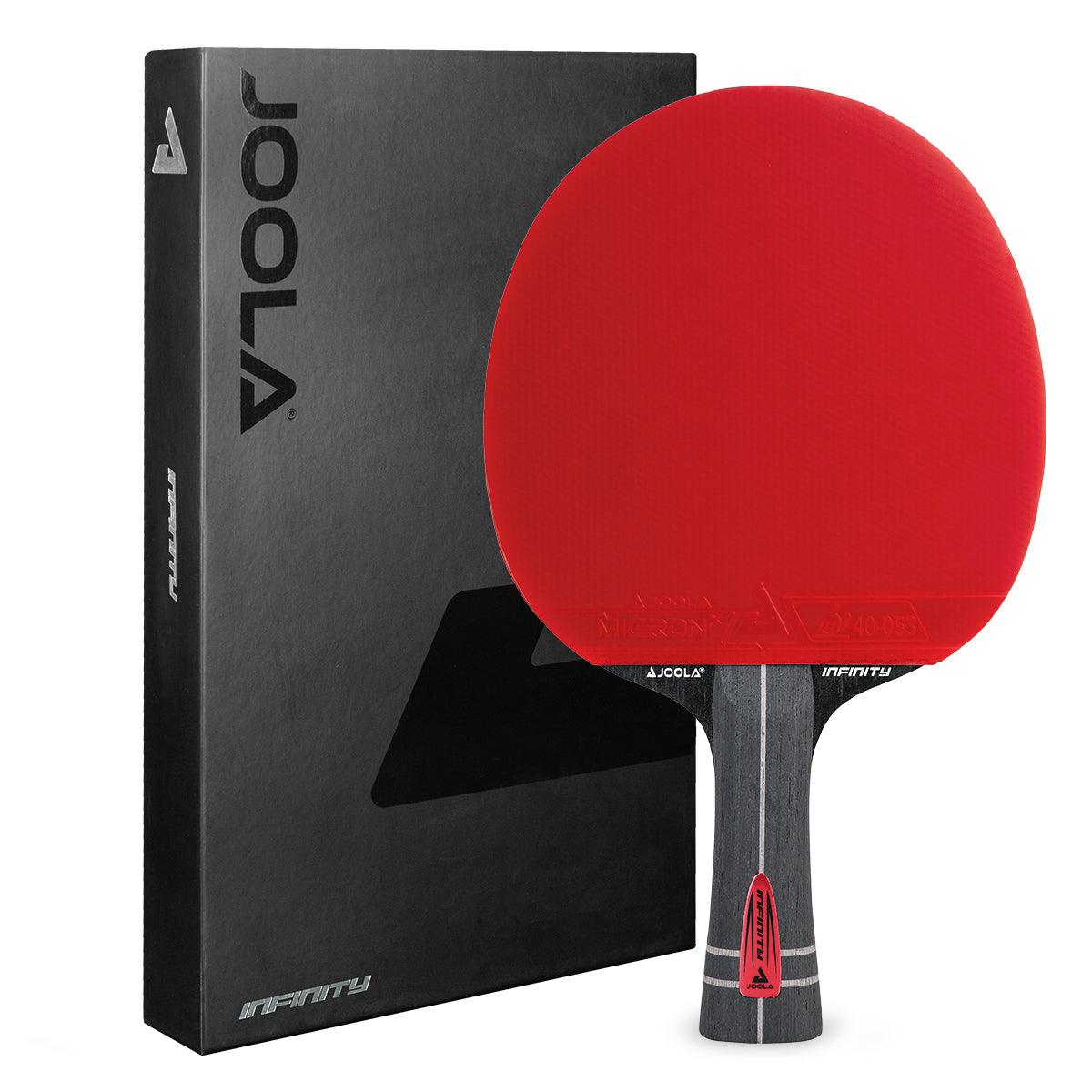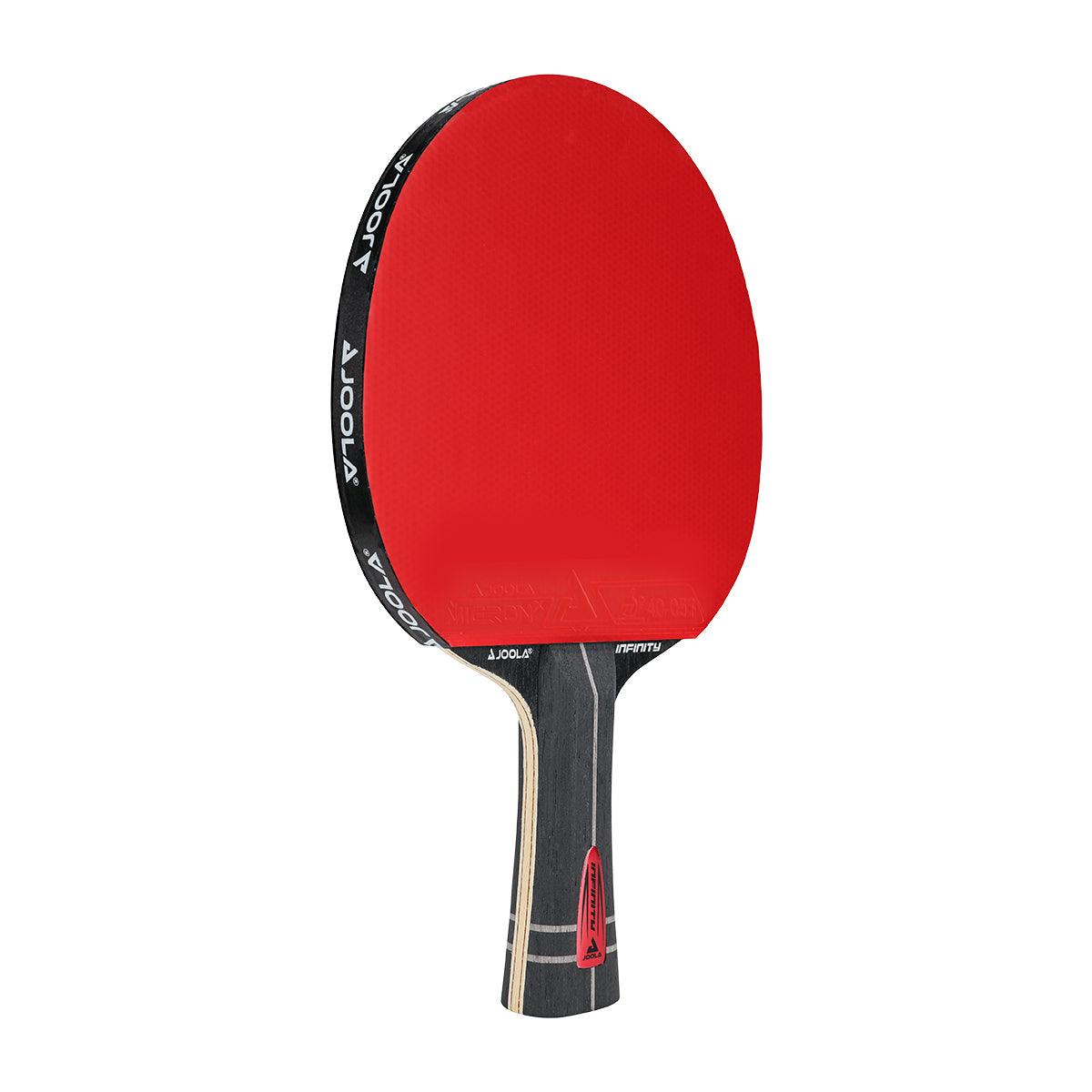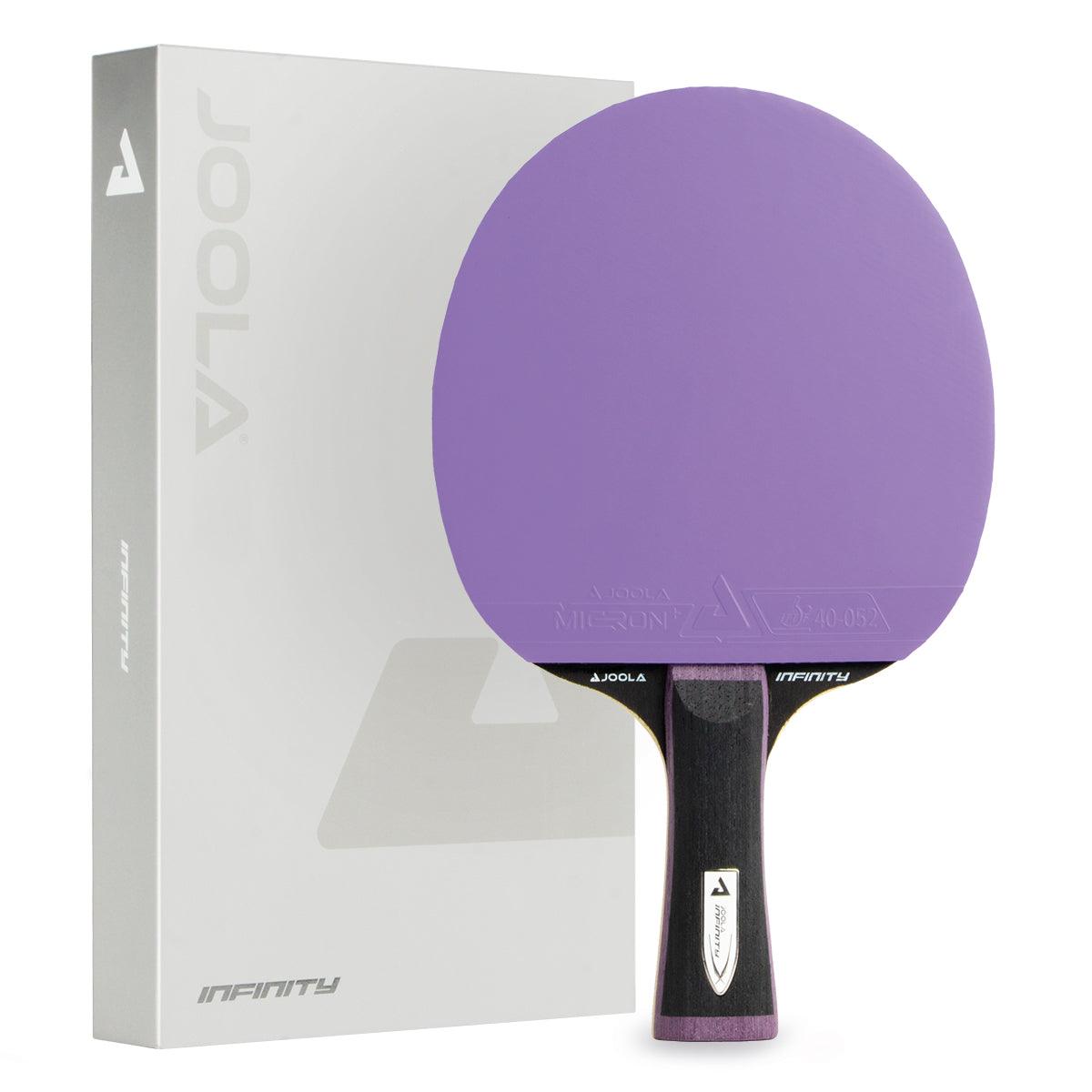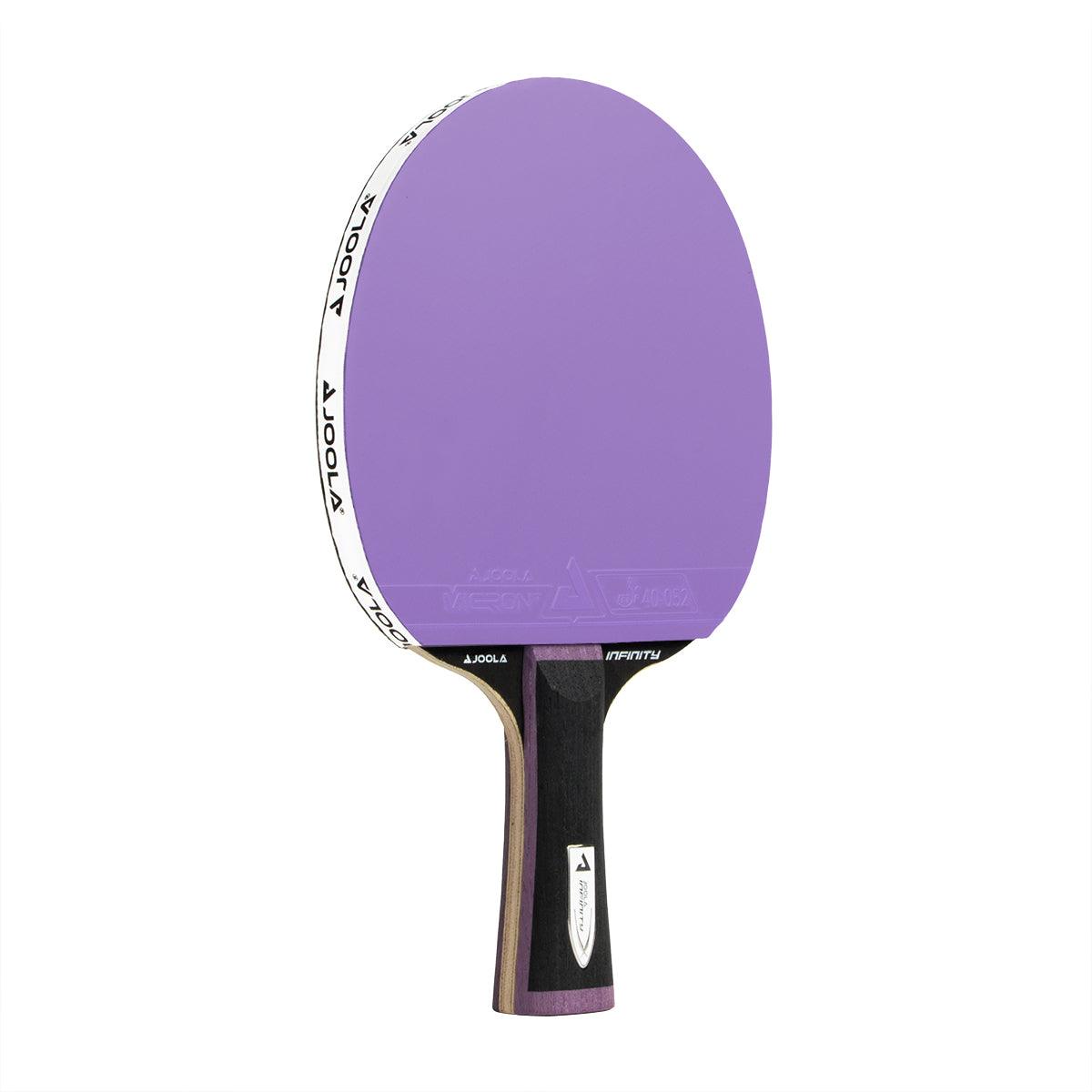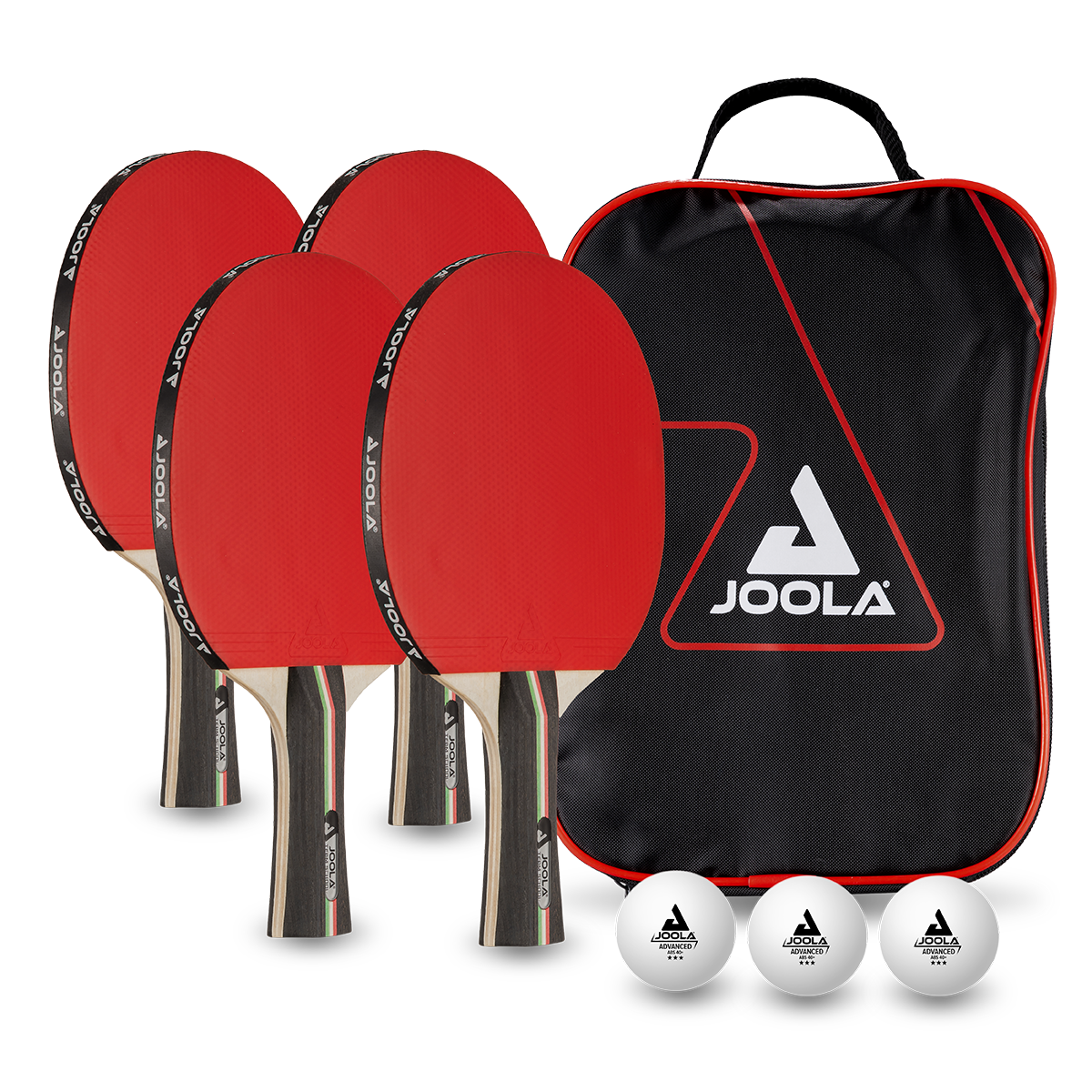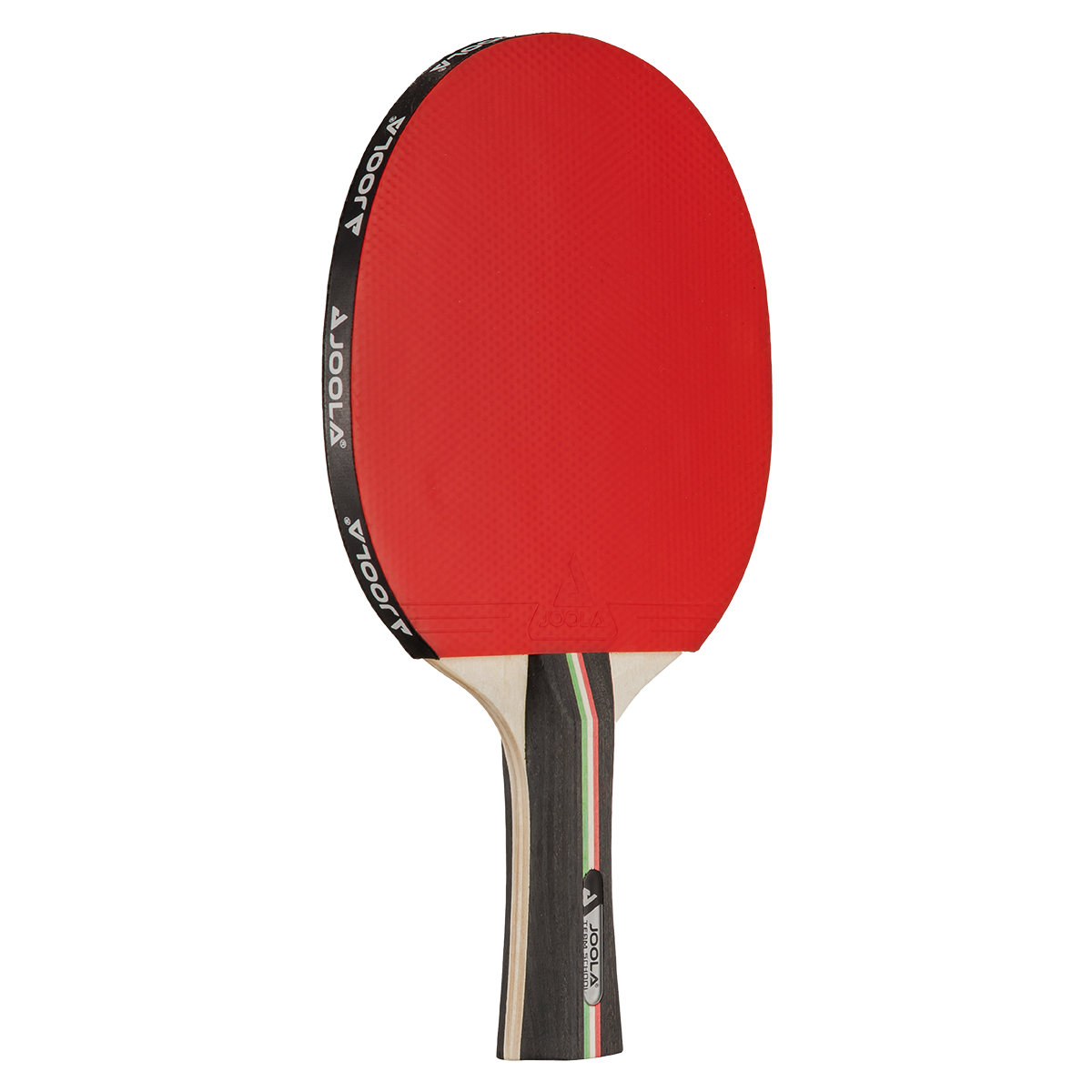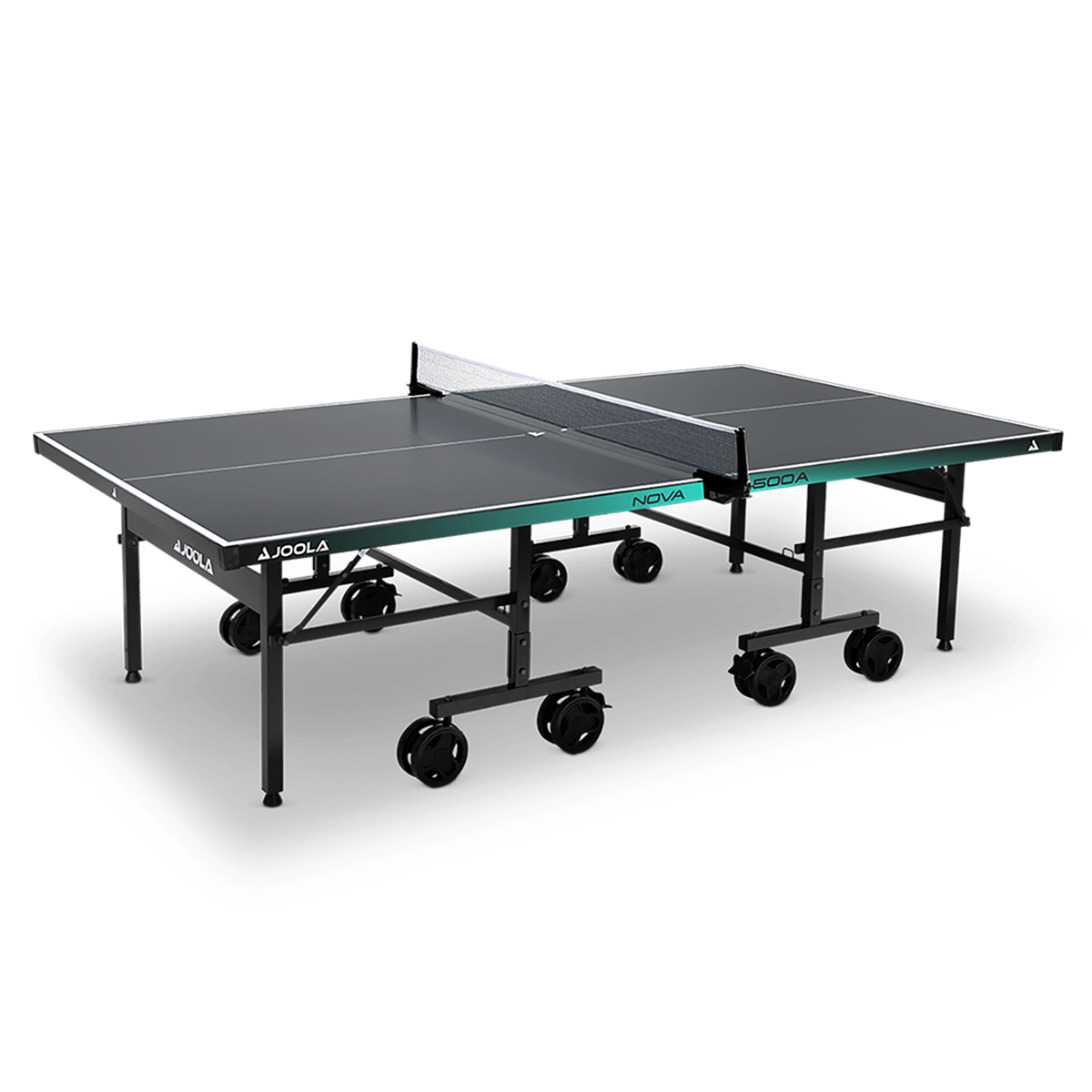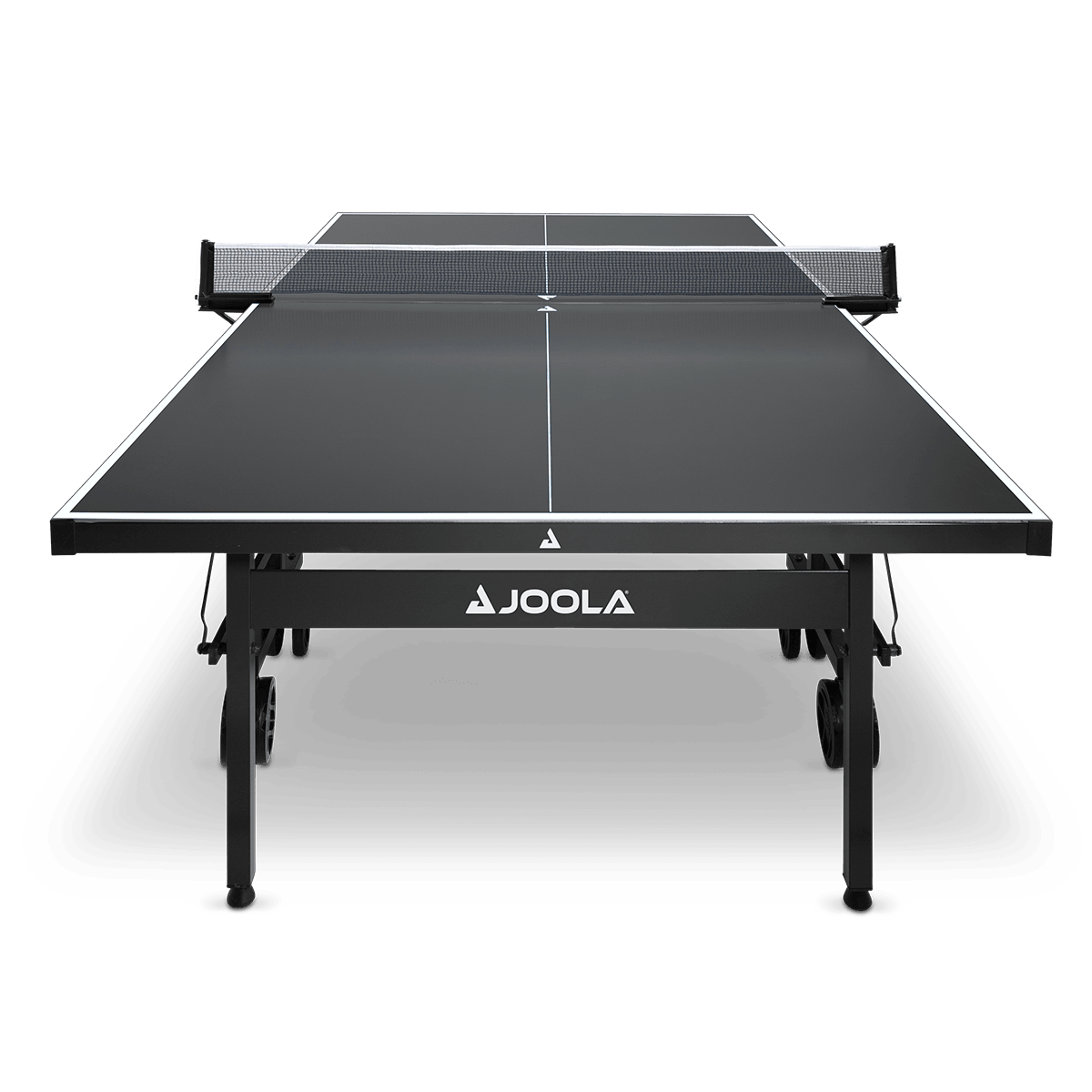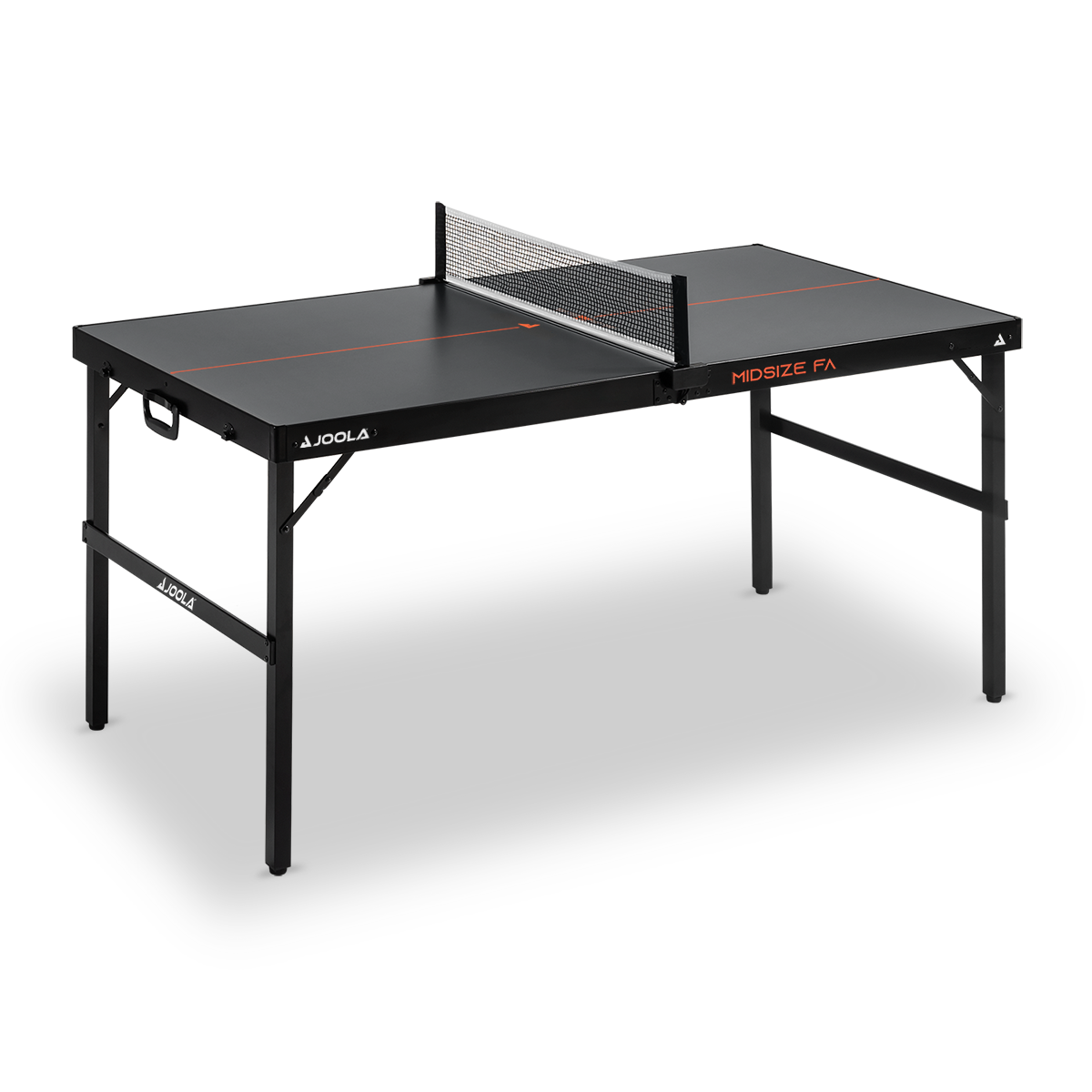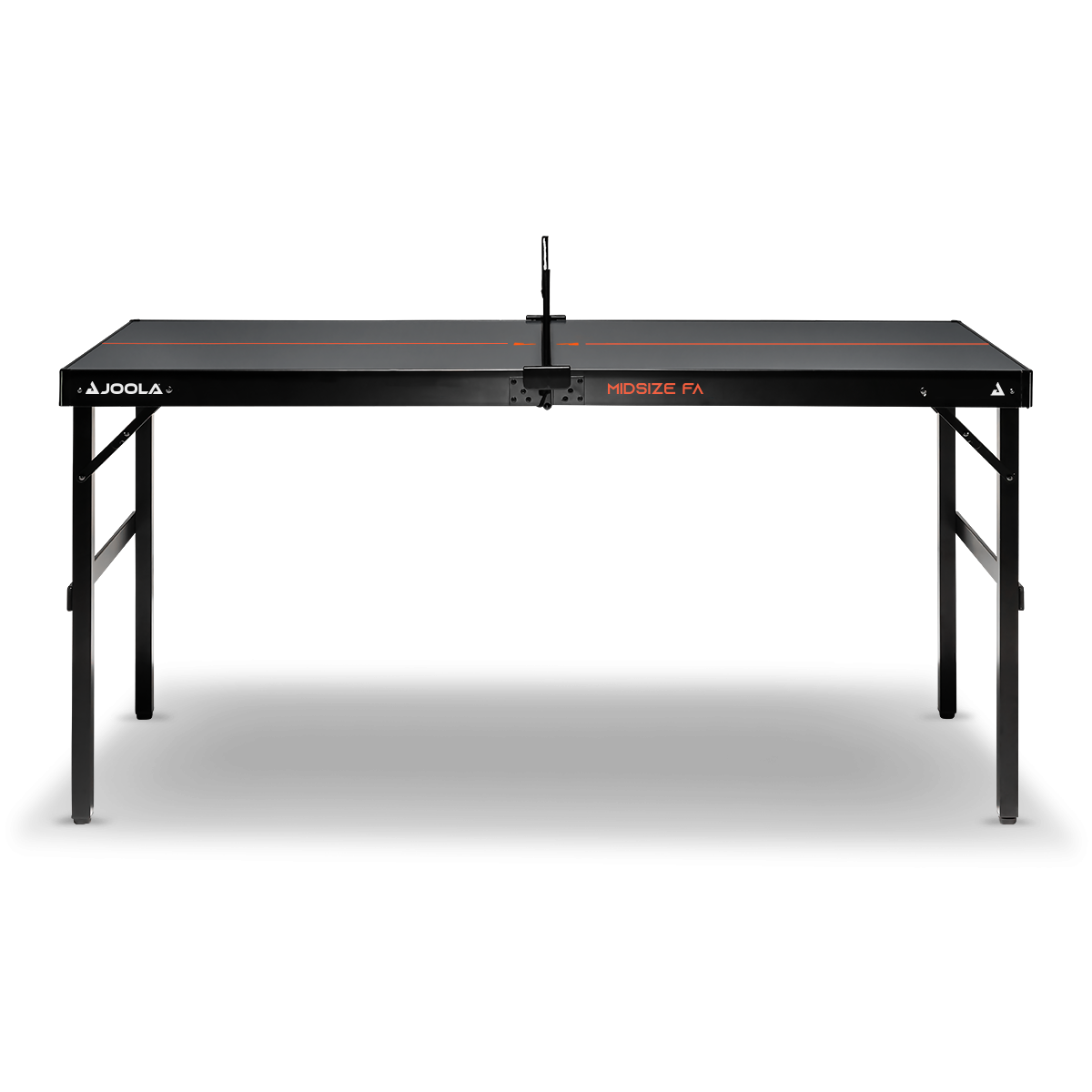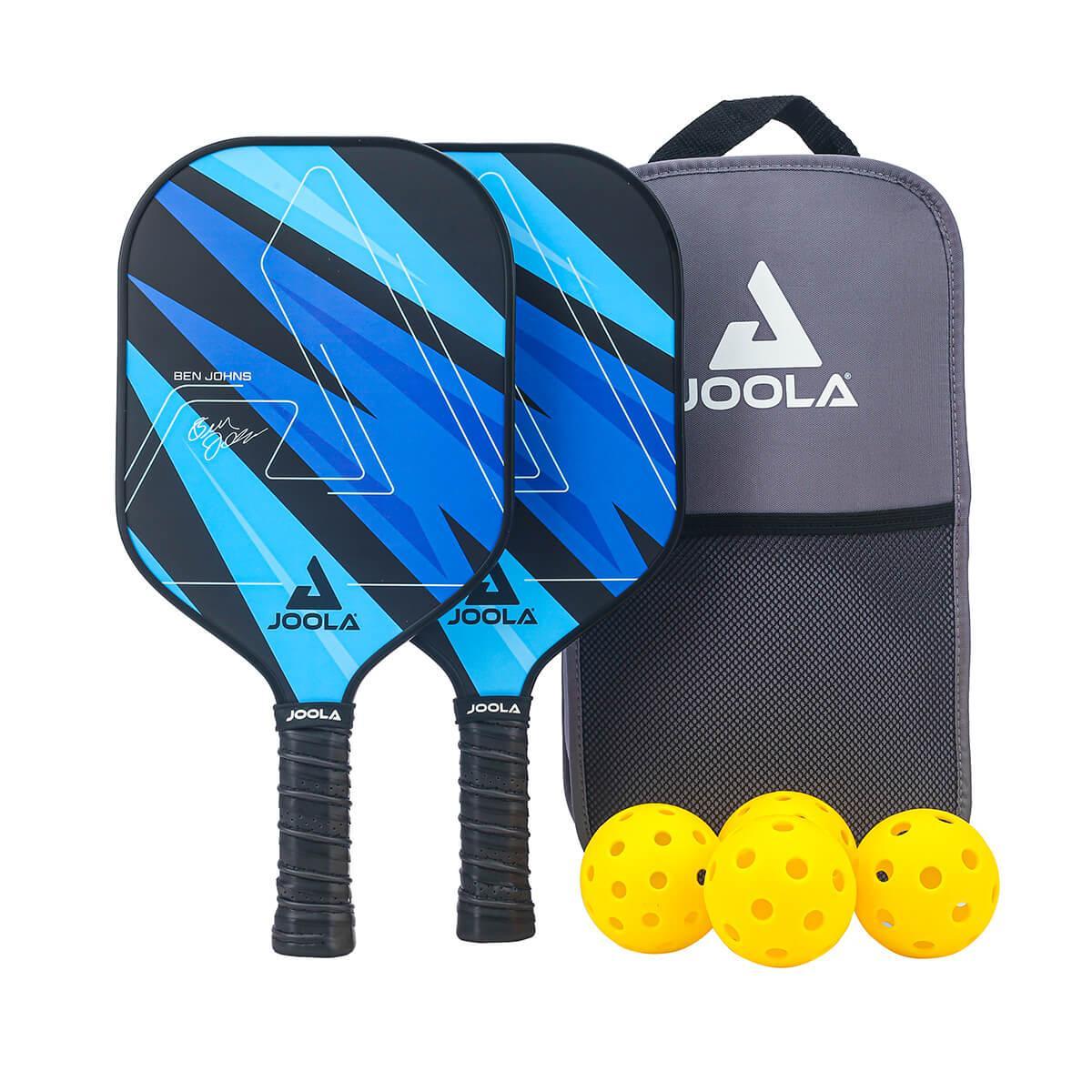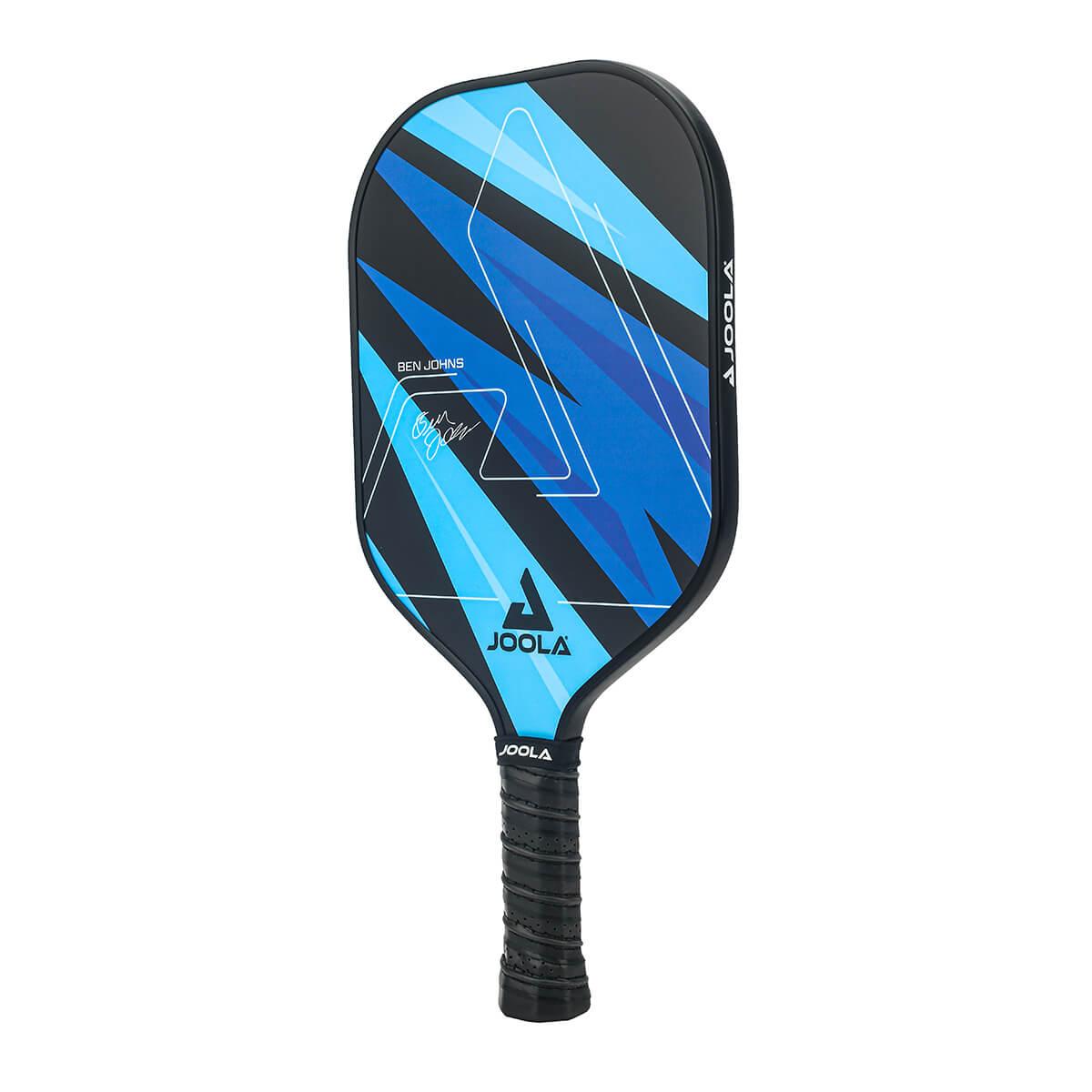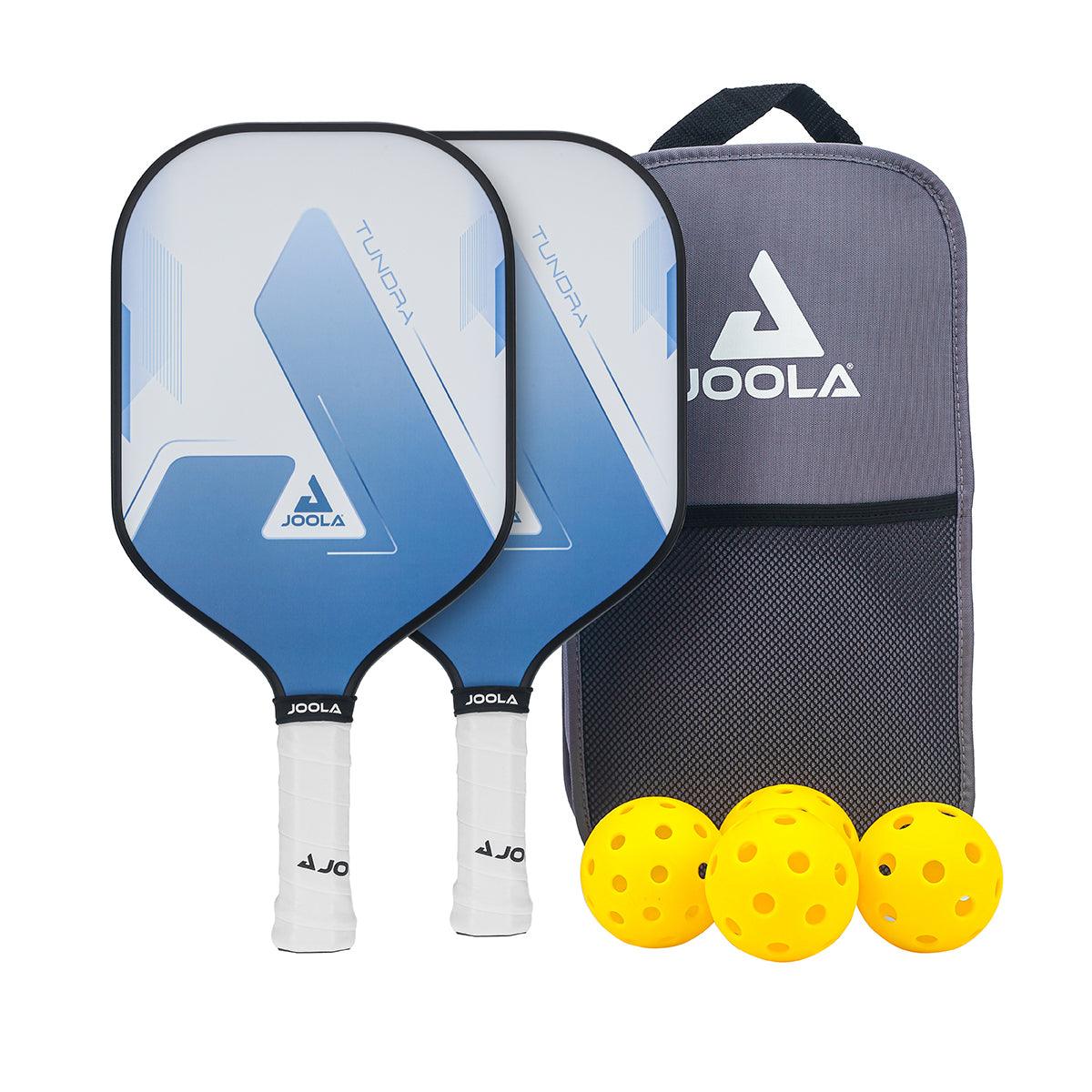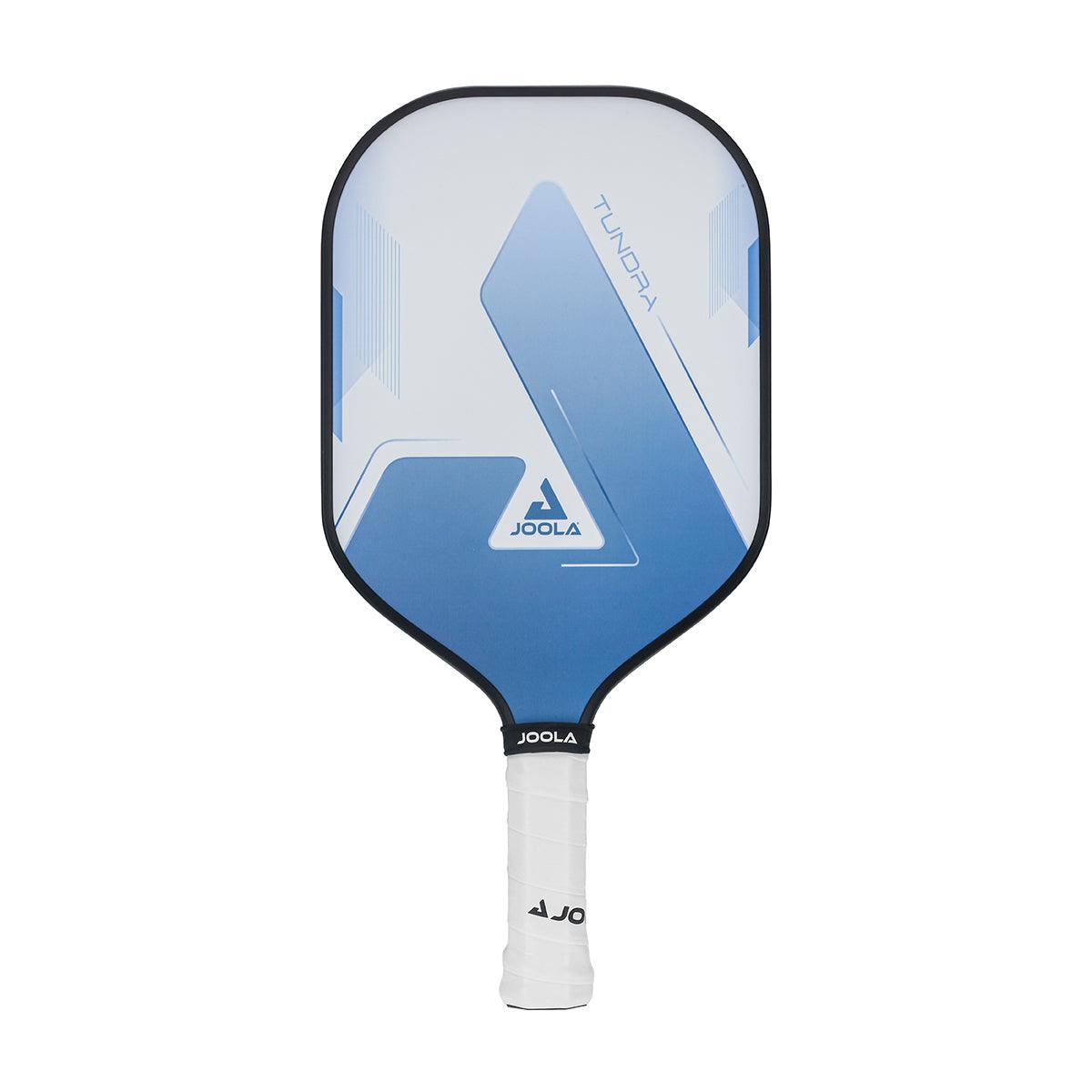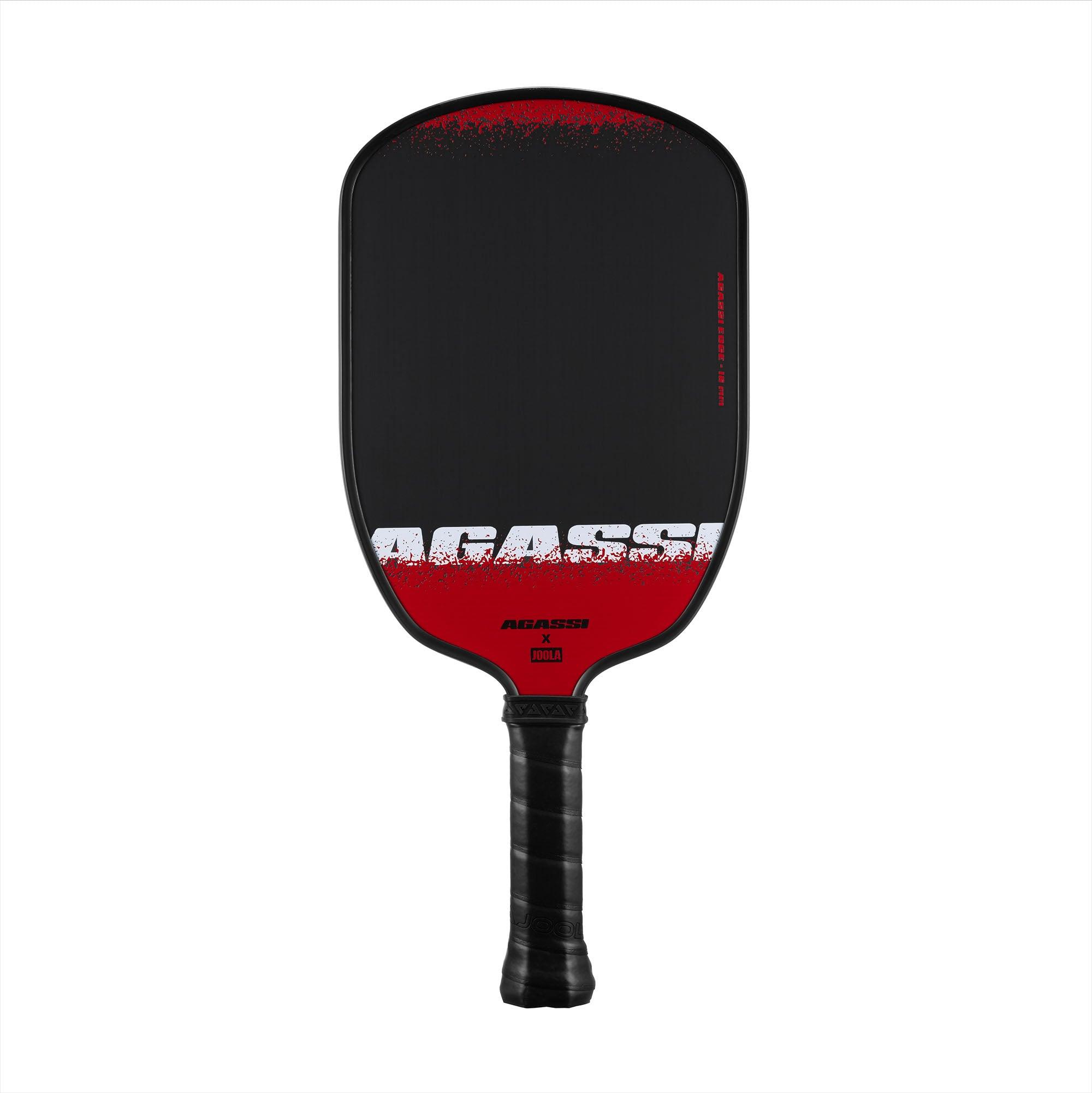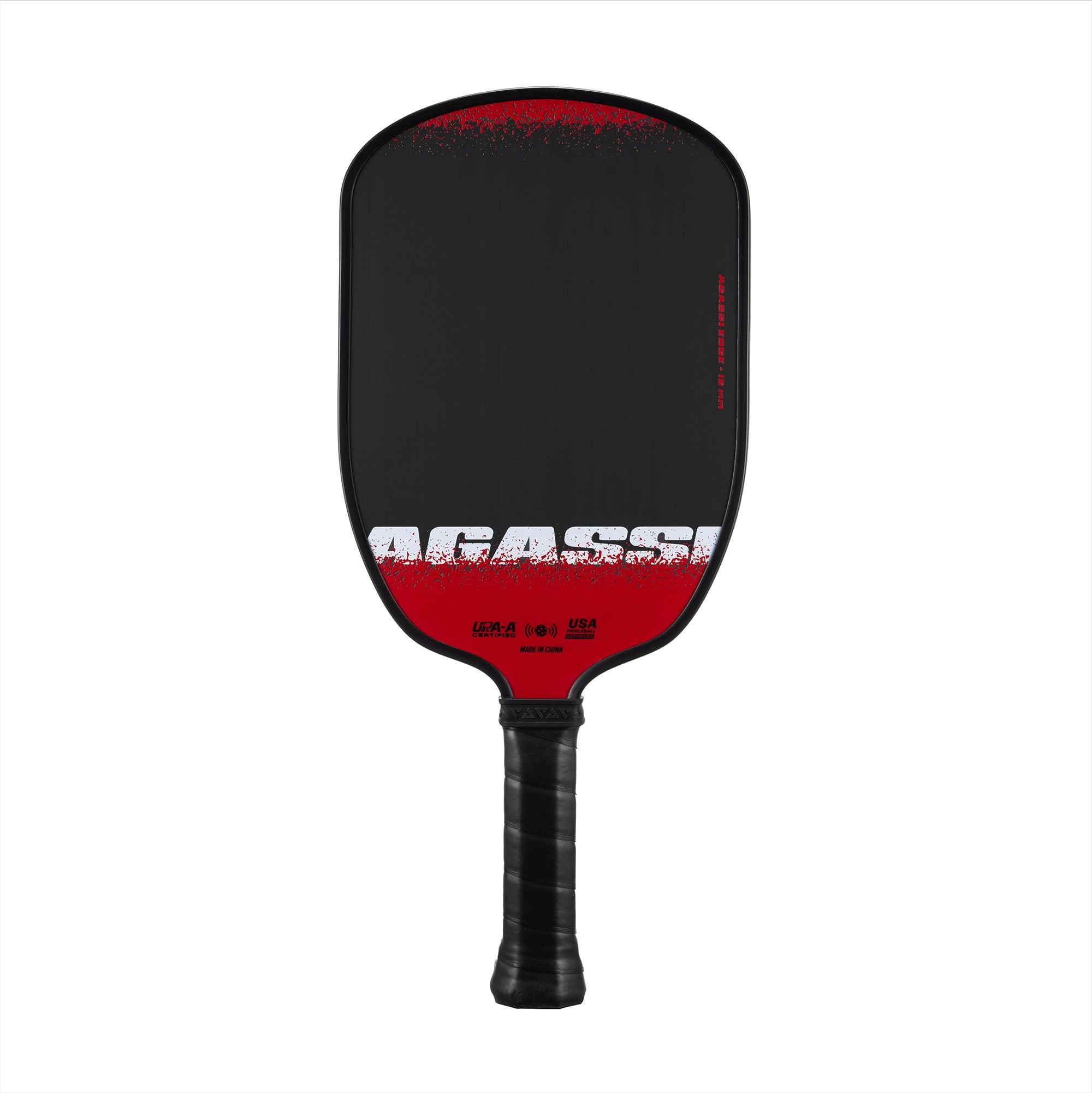Pickleball – The new trendy sport for all age groups
Pickleball is a rapidly growing sport that combines elements of tennis, badminton, and table tennis. Originally developed in the USA in the 1960s, the game today captivates millions of people worldwide – including in Germany, Austria, and Switzerland. The sport is becoming increasingly popular and is growing rapidly because it is easily accessible for both beginners and experienced players.
But what exactly is behind this unique mix of racket sports? Why does Pickleball excite so many people, and where can you play it in Germany? Below you will find all the important information about the history, rules, equipment, and benefits of this relatively new sport, as well as an exciting comparison with Padel.
What is Pickleball?
Pickleball is a dynamic racket game played on a compact court with special paddles and a perforated plastic ball. The sport combines elements of tennis, table tennis, and badminton, offering an ideal mix of speed, strategy, and precision.
Thanks to its relatively simple rules and low entry barrier, this discipline is easy to learn for both beginners and advanced players. The game is suitable for all age groups as it is less physically demanding than tennis but still provides effective training for reaction speed, coordination, and endurance.
This sport is not only a popular recreational activity but is also gaining increasing importance in competitive sports. Countries like the USA, Canada, and Australia already have professional leagues and tournaments. The community in Germany, Austria, and Switzerland is also growing rapidly, with more courts and clubs emerging.
Pickleball is a varied, social, and easily accessible sport that is gaining more and more followers. By combining tennis, badminton, and table tennis, Pickleball offers exciting rallies on a compact playing surface, making the game dynamic but less physically demanding than tennis, for example.
Especially as a social sport, this young discipline enjoys great popularity because it combines fun, exercise, and social interaction. Whether beginner, recreational player, or competitive athlete – everyone can quickly learn and enjoy the sport with others.
- Equipment: Special, sturdy paddles and a perforated plastic ball.
- Playing court: Exactly the size of a badminton court (doubles) measuring 6.10 × 13.41 meters. The only difference is the kitchen line at 2.13 meters.
- Net height: 91 cm at the sides, 86 cm in the middle (slightly lower than in tennis).
- Target group: Ideal for young and old thanks to a moderate pace and simple basic rules.
How to play Pickleball? – Rules at a glance
The rules in Pickleball are quite simple and straightforward, which facilitates a quick start and early successes. After a brief familiarization with the rules, nothing stands in the way of exciting matches. Here you will find an overview of the most important and fundamental game rules:
Start of the Game – The Serve
- The serve is always made underhand, and the first contact with the ball must occur below the waist.
- The ball must be served diagonally into the opposite service court – behind the "kitchen".
- The server stands behind the baseline and switches the service side after each point won.
- Games are preferably played in doubles – two against two – but singles matches are also possible and follow the same basic rules.
Double-Bounce Rule – The First Rallies
- A special feature in Pickleball is the so-called double-bounce rule: This states that both the serve and the return of serve must bounce once on the court before the ball can be played freely.
- Only after that may the ball be played directly out of the air (volley) or after bouncing again.
- This rule ensures longer rallies and gives both teams a chance to get into the game.
Non-Volley Zone – The "Kitchen"
- Parallel to the net, on both sides of the court, there is a line 2.13 meters away from the net – the so-called "kitchen".
- Volleying, that is hitting the ball out of the air, is not allowed in this zone.
- Any player stepping into the kitchen or volleying the ball from there commits a fault and must either give up their serve or loses a point.
- This rule protects against aggressive net play and contributes to a fairer and more strategic game flow.
Scoring – How to Win a Game
- A set starts at 0-0-2 (zero-zero-two) and usually ends when a team reaches 11 points. However, a team must have at least a two-point lead to win.
- Points can only be scored by the serving team.
- After each point won, the server in doubles switches sides within the team. Only when both players of a team have lost their serve does the serve pass to the opponent.
Fairness & Community – The Heart of the Game
- Pickleball thrives on togetherness. The sport is characterized by respect, consideration, and team spirit.
- Especially in recreational and grassroots sports, the focus is on the enjoyment of movement, not just winning.
- That is precisely why Pickleball is particularly popular among families, beginners, seniors, and all those looking for an accessible and social sport.
Our Highlights
Padel vs. Pickleball – Differences and Similarities
With the rise of new racket sports, many are faced with the question: What actually distinguishes Padel from Pickleball – and how are the two similar?
The playing field: enclosed vs. open
Padel is played on a smaller court completely enclosed by glass or mesh walls – comparable to an outdoor squash court. These walls are an integral part of the game. Pickleball, on the other hand, only requires an open field with a net. The playing field resembles a smaller tennis court, without walls or boundaries.
Equipment: rackets and ball compared
Padel rackets are made from a solid material with holes in the hitting surface – compact yet powerful. The ball resembles a tennis ball but is pressure-reduced. Pickleball rackets look more like oversized table tennis paddles: flat, rigid, and without holes. The ball is made of plastic, hollow, and perforated – this significantly changes flight behavior and playing speed.
Rules and gameplay: dynamic but different
Padel combines elements of tennis and squash. The walls can be deliberately used in play, demanding tactics and reaction skills. In Pickleball, the game is more reminiscent of a mix between tennis, table tennis, and badminton. Particularly distinctive is the so-called "Non-Volley Zone" near the net, which slows down play at the net and makes it more controlled.
Popularity: where is what played?
Padel is especially popular in Spain and South America and is increasingly establishing itself in other European countries. Pickleball originates from the USA and is experiencing a real boom there. In Germany, it is still in its early stages but has great growth potential due to its accessibility.
Commonalities: what connects both
Both sports are quick to learn, enjoyable for all age groups, and offer ideal conditions for recreational and family sports through their dynamic yet moderate level of play. Additionally, they require significantly less space than classic tennis – which facilitates organization and entry.
Conclusion
Whether Padel or Pickleball – both are attractive alternatives to classic tennis. Which sport suits better depends on personal preference: those who enjoy playing off the walls will love Padel. Those who prefer a relaxed, tactical game without walls will feel right at home with Pickleball.
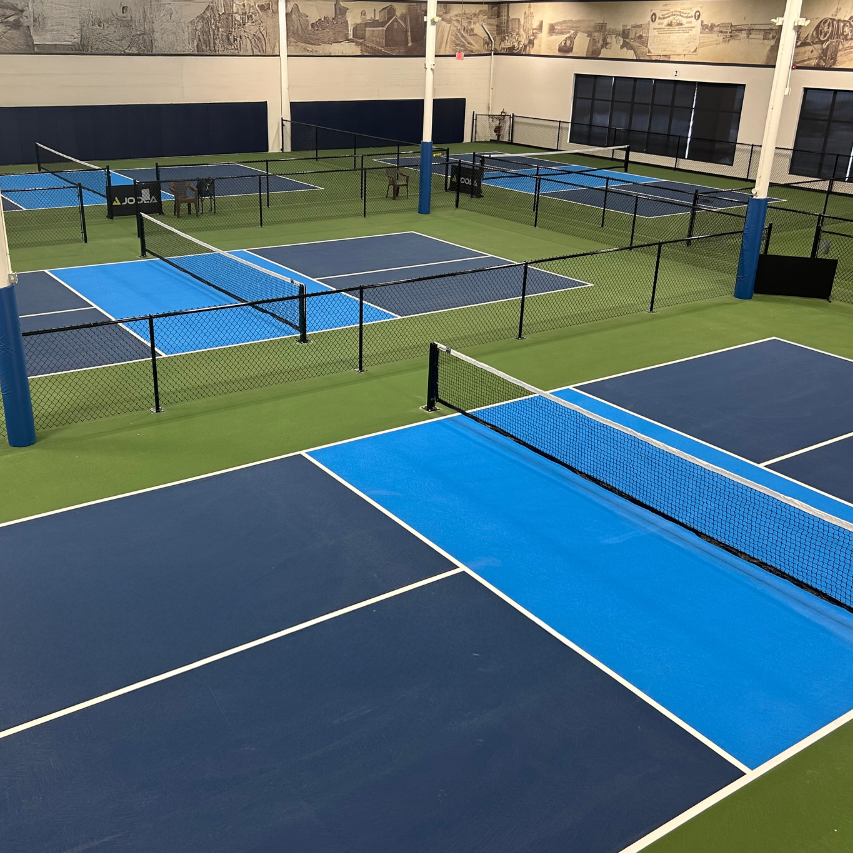
Pickleball played in Germany
Pickleball is gaining increasing popularity in Germany and impresses with its dynamism, simplicity, and versatility. The sport is suitable for all age groups as it is less physically demanding than tennis while still promoting skill, reaction speed, and endurance. Especially among seniors, families, and recreational players, this trend sport is becoming more popular. At the same time, it also excites ambitious athletes, as a high level of tactical and technical skill is required at the professional level.
- Clubs & Groups: In more and more cities in Germany, Pickleball and hobby sports groups are forming, organizing themselves, and practicing this sport together.
- Courts: Due to the lack of professional Pickleball courts, badminton halls are suitable for beginners since they have (almost) the same dimensions. However, the optimal surface is a hardcourt, which is also known from tennis.
- Tournaments & Events: Numerous tournaments in various regions of Germany invite enthusiastic players to participate. For example, there are larger tournaments such as the German Championships or the German Open with participation from international players.
Those who want to try Pickleball can currently find information about trial sessions and training times at local sports clubs or often in social media groups.
Why is it called Pickleball? – History and Origin
Pickleball was invented in 1965 on Bainbridge Island, Washington, when Joel Pritchard, Bill Bell, and Barney McCallum set out to develop a game that their families could enjoy together. Using a badminton court, makeshift wooden paddles, and a perforated plastic ball, they created a sport that was easy to learn, endlessly entertaining, and suitable for all ages and skill levels.
The name “Pickleball” itself has a charming origin story, and various versions circulate, but two explanations are particularly widespread:
- According to legend, the game invented by the Pritchard family in the 1960s on Bainbridge Island (USA) was named after their dog “Pickles.” Pickles supposedly loved chasing the ball, which is why the game eventually got its name.
- An alternative theory states that the name goes back to the “Pickle Boat.” In rowing, this term refers to a boat made up of leftover rowers from different teams. Since Pickleball combines elements from various sports like tennis, badminton, and table tennis, it was considered the “Pickle Boat” among racket sports and thus received its name.
In any case, the name reflects the playful, community-oriented spirit of the sport.
From its humble beginnings, the paddle sport spread like wildfire. It became a staple in retirement homes, parks, and recreation centers—not because it was imposed on people, but because it conveyed joy, connection, and a sense of belonging. Today, there are over 8.9 million players in the USA alone, and the number is growing rapidly worldwide.

